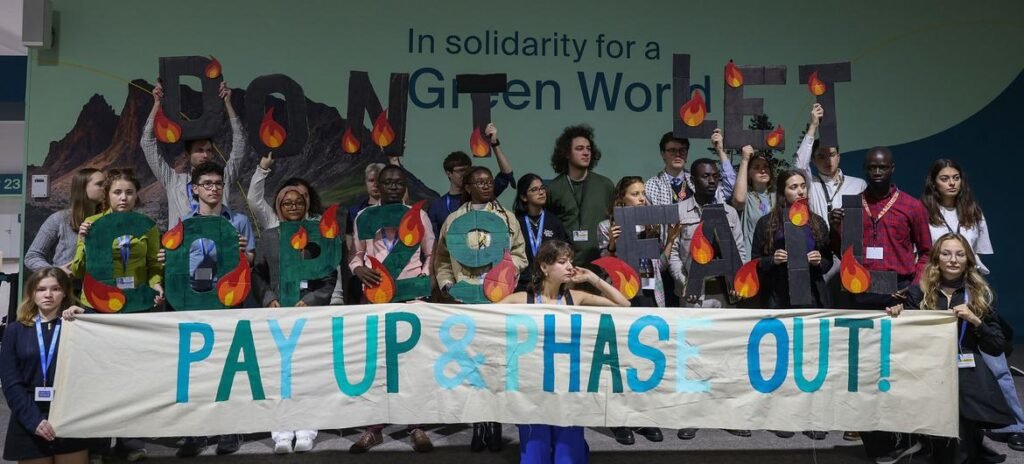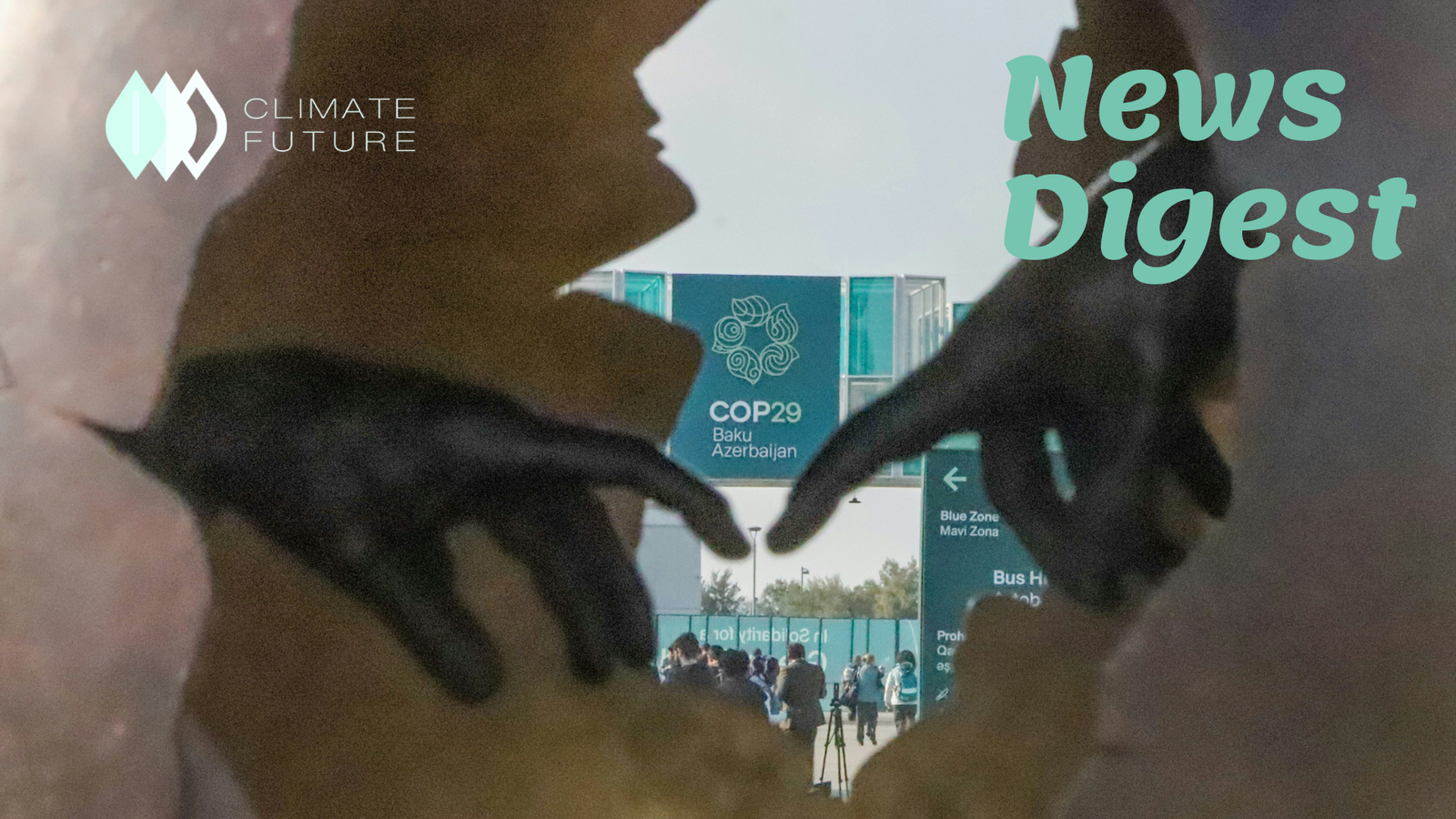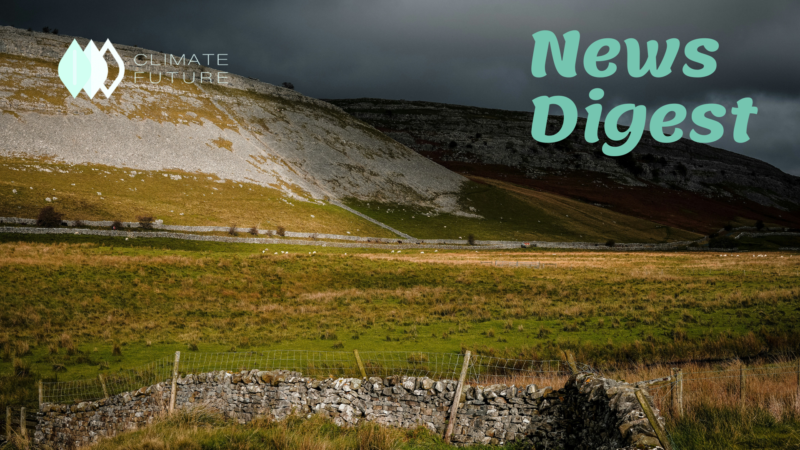Will COP29 deliver the trillions needed to tackle the man-made climate crisis?

Image: UNFCCC/Kiara Worth | Participants at COP29 in Baku, Azerbaijan, advocate for financing climate initiatives
Global warming has prompted more serious warnings from the UN’s Intergovernmental Panel on Climate Change (IPCC). Significant expenditures in renewable energy and adaptation measures are required to keep the temperature increase to 1.5°C, particularly for developing nations that are already at risk. Securing additional funding for loss and damage and expediting clean energy goals are the main objectives of COP29 in Baku. Developing nations are demanding more and quicker climate finance development, with a much larger goal than the $100 billion annually promised in 2009. One important development is the ratification of Article 6 of the Paris Agreement, which opens the door for a worldwide carbon market supported by the UN. G20 leaders are called upon to support climate funding and give climate action top priority. A fair shift to a low-carbon economy is demanded by UN Secretary-General António Guterres, who also highlights the significance of climate finance. Additionally, he emphasizes how important it is to mine vital minerals responsibly for renewable energy technology. Young activists are calling on governments and corporations to take decisive action to cut emissions and safeguard vulnerable communities, and they are demanding climate action and justice. A comprehensive agreement that provides the funding required for a sustainable future must be reached since the decisions made at COP29 will have a significant impact.
South Asia’s solar energy push faces a battle for land

Image: COP29 Azerbaijan
India and Bangladesh are battling over land use, but they both want to greatly expand their solar energy potential. Although these nations strive for sustainable energy, their reliance on solar energy is creating conflict with communities and farmers who rely on the land for their livelihood. More than 30,000 individuals are impacted by 25 ongoing land conflicts in India. Particularly impacted are farmers and nomadic groups that depend on shared land for the grazing of their animals. Ecologists caution about possible harm to biodiversity as a result of India’s use of some wasteland for these projects. Land fragmentation and the requirement to preserve land for agriculture are other issues Bangladesh is dealing with. The use of multi-cropping land for solar parks is forbidden by the local authorities. A solar installation in Barguna was abandoned as a result of protests. Experts caution that India’s goals for solar expansion may be hampered by the country’s rising land shortage. Some propose establishing land banks, in which the government pools both private and public land for renewable energy projects, as a solution to this problem. To identify solutions that protect livelihoods and create jobs, researchers stress the significance of involving local populations in conversations regarding renewable energy projects.
How Southeast Asian countries are positioning themselves at COP29

Image: Hannah Fernandez/ Eco-Business
At the COP29 in Baku, Azerbaijan, Southeast Asian nations are exhibiting their climate change initiatives. Singapore has a memorandum of agreement with Zambia on carbon credits and is positioning itself as a regional center for carbon trading. Their pavilion is an art piece created from recycled materials and is always bustling with events. Although its pavilion is smaller, the Philippines is concentrating on talks about how to access a fund to assist disadvantaged countries in addressing the effects of climate change. They wish to make sure Southeast Asia gains from the funds, given they are the host nation for the loss and damage fund. Among Southeast Asian nations, Indonesia boasts the largest pavilion, and it showcases its dedication to inclusive climate action through traditional dance performances. Their primary policy areas are forestry, climate finance, and renewable energy. Malaysia’s pavilion contains talks on carbon markets and showcases the nation’s efforts to combat climate change. A domestic emissions trading scheme is being developed. Biodiversity, renewable energy, and community-led adaptation initiatives are further subjects. Thailand’s pavilion is dedicated to innovation, technology, and climate financing. Despite being the first nation to trade carbon offsets under the Paris Agreement, they chose not to bring up the topic of carbon markets at COP29. At COP29, Vietnam, Timor-Leste, Laos, Brunei, Cambodia, and Myanmar did not have booths.
COP29 must offer lifeline for ‘blue foods’ amid climate storm

Image: _Bunn_, CC BY-SA 3.0, via Flickr
The Humboldt Current, which provides millions of people with a key source of food, is being impacted by climate change. Globally, fisheries and coastal populations are being impacted by these and other climate-related changes. Canada and Chile are spearheading an international discussion on oceans and climate change to solve this. To assist nations in adjusting to shifting circumstances and safeguarding blue food ecosystems, they are promoting increased financial and technological assistance. In addition to being vital for food security, blue foods—which come from lakes, rivers, and oceans—can help reduce global warming. They can aid in lowering greenhouse gas emissions and have a smaller carbon footprint than foods derived from terrestrial animals. The availability of blue foods and marine life are both impacted by climate change, which also poses a threat to ocean ecosystems. Blue foods must be incorporated into nations’ climate programs in order to address this. Canada is taking action to safeguard its marine ecosystems and fisheries, as does Chile. Whereas Canada is concentrating on ecosystem-based fisheries management and restoration funds, Chile has put in place a tracking system for fishermen and open fisheries regulations. A sustainable future for people and the environment can be guaranteed if we prioritize blue foods and take steps to protect them.
References
https://news.un.org/en/story/2024/11/1157081
https://www.eco-business.com/news/south-asias-solar-energy-push-faces-a-battle-for-land
https://www.eco-business.com/news/how-southeast-asian-countries-are-positioning-themselves-at-cop29
https://www.eco-business.com/news/cop29-must-offer-lifeline-for-blue-foods-amid-climate-storm



